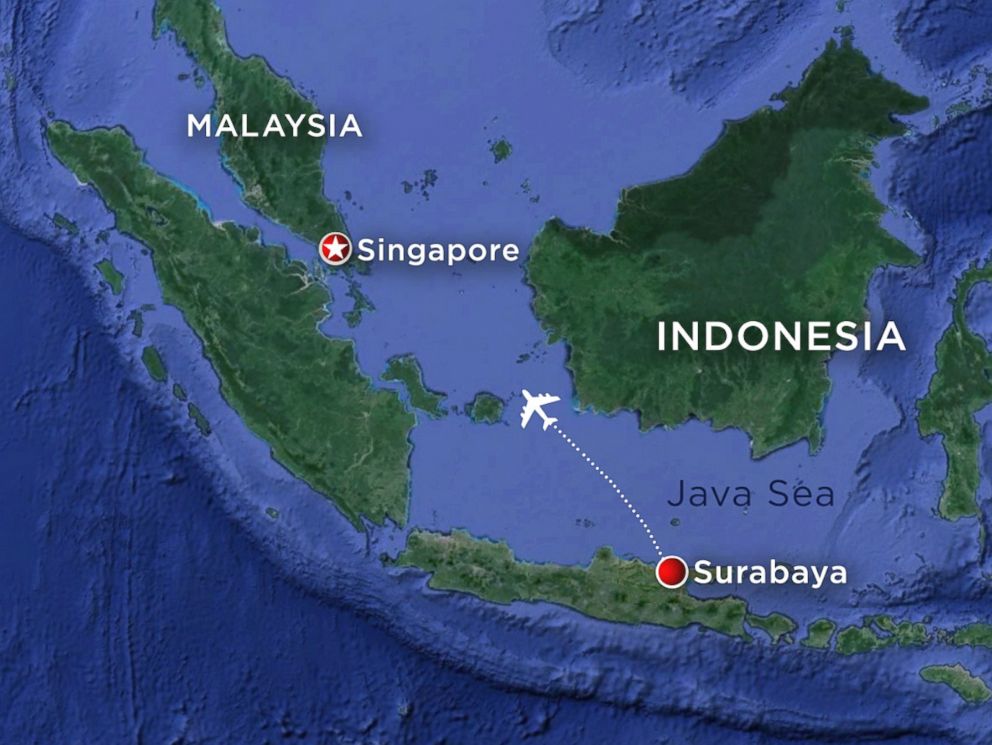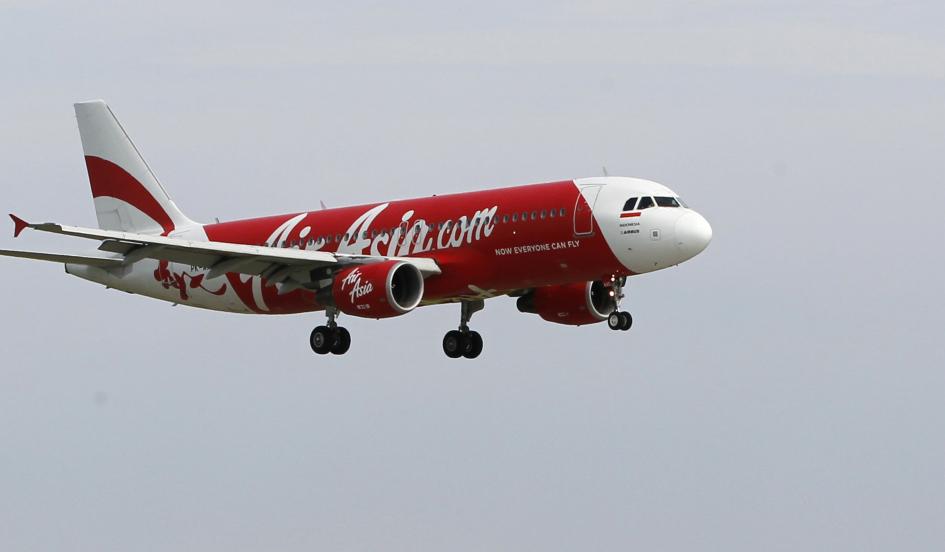Blame it on the weather: AirAisia Flight 8501 a victim of bad weather condition
If you have been closely following this news, then you might already know this- AirAsia Flight 8501’s debris has been spotted off the west coast of Kalimantan and Indonesia’s civil aviation chief has already issued an official statement confirming the same.
For those of you who were slumbering when the world was gripped by this disturbing news- AirAsia Flight 8501 on its way from Indonesia to Singapore on a seemingly ordinary Sunday requested for a change of route citing changes in weather condition. Thunderstorm and torrential rain had enveloped the region. The flight went missing after requesting the route change.
And while news channels and commoners talked about the similarity of this incident with the missing Malaysian Airline MH370, there were instances in this incident which claimed otherwise. AirAsia Flight 8501 followed all the rules which a flight usually follows in case of poor weather conditions. Thailand, Indonesia and Malaysia has been flooding for over a week now. In such a situation, the flight’s request to take a turn for tackling the bad weather is natural and standard in nature. In the past, there have been major aviation accidents due to such weather conditions.

But how bad was the weather at the time of the accident?
The unfortunate event occurred in Intertropical Convergence Zone also known as ITCZ by meteorologists and aviators. This is the peripheral region of the equator where the trade winds of both the , northern and southern hemisphere clash. This results in the rise in tropical air which further cools and then condenses into clouds. All these factors put together cause torrential rain and thunderstorms of great intensity.
In the past, Air France Flight 447 met a fatal end in the year 2009 due to it’s presence in the ITCZ region. An additional reason which majorly contributed to its accident was a fault in its airspeed sensor which intervened in the process of a proper response. And then, it was night which robbed them of visual clues.

In this instance, Flight8501 met the weather during the day when the ocean’s temperature was ascending, thereby, resulting in a deadly storm. As stated before, the region had been flooding for well over a week where thousands had already lost their homes and some even their lives.
A similarity between both the flights (France and AirAsia) can only be drawn in case of freezing of the pilot tubes which indicates the airspeed. Clouds which float over 47,000 to 52,000 feet above the ground level often contain ice or water droplets which tend to freeze when they come in contact with a body. This often results in inaccurate details about the aircraft’s airspeed which eventually knocks the pilots into confusion.
As we are made aware of these factors, the heart wrenching conclusion which has been reached upon by reliable sources has yet again enveloped us all by grief. Let’s offer a silent prayer for the bereaved.
